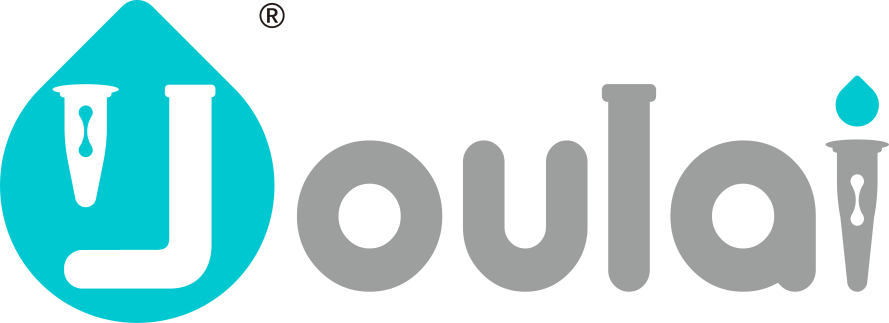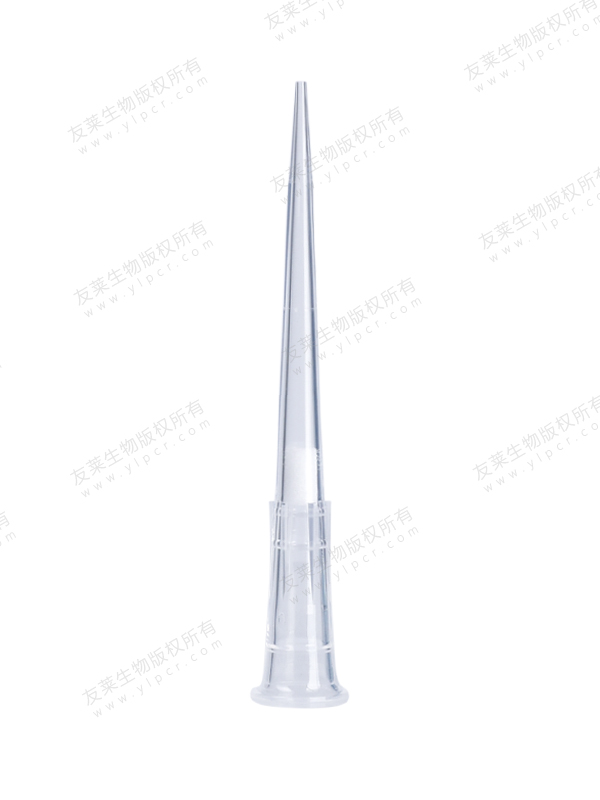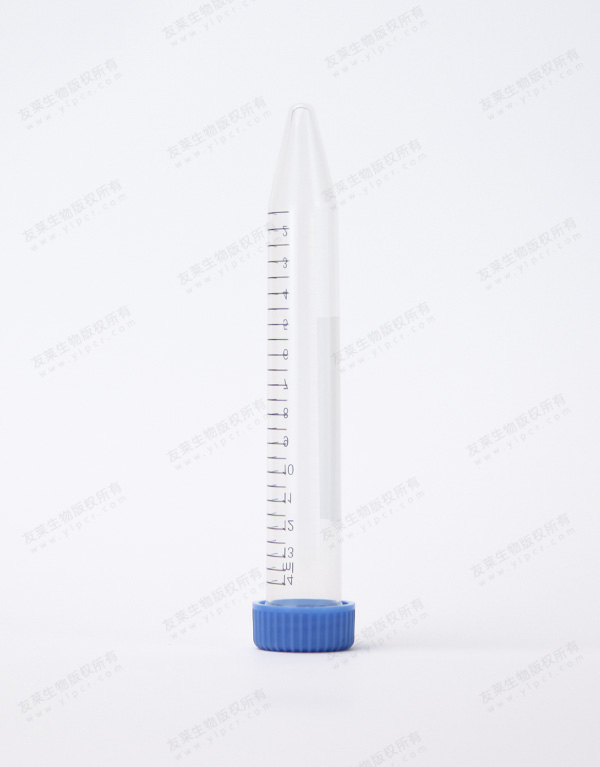Environmental sustainability is increasingly becoming a focal point in various industries, including the production of PCR plates used in molecular biology. PCR plates, essential for the polymerase chain reaction (PCR) process, traditionally pose significant environmental challenges due to their reliance on non-renewable resources and the generation of plastic waste. This article delves into the strategies being implemented to enhance the environmental sustainability of PCR plate manufacturing, focusing on materials, production processes, and recycling initiatives.
Sustainable Materials
One of the primary ways to enhance the sustainability of PCR plate manufacturing is through the use of eco-friendly materials. Traditional PCR plates are often made from polypropylene, a type of plastic derived from petroleum. While polypropylene is durable and suitable for thermal cycling, its production and disposal have significant environmental impacts.
To address this, manufacturers are exploring alternative materials that are either biodegradable or derived from renewable resources. Polylactic acid (PLA), a biodegradable polymer made from fermented plant starch (typically corn), is one such material being investigated. PLA offers comparable performance to polypropylene in many respects but has the added benefit of being compostable under industrial conditions, reducing long-term waste.
Another promising approach is the use of recycled plastics. By incorporating post-consumer recycled (PCR) polypropylene into the production of PCR plates, manufacturers can significantly reduce the demand for virgin plastic. This not only conserves raw materials but also diverts plastic waste from landfills and the environment.
Eco-Friendly Production Processes
Improving the sustainability of PCR plate manufacturing also involves optimizing production processes to reduce energy consumption and waste. Advanced injection molding techniques have been developed to enhance efficiency. For instance, precision injection molding minimizes material usage by producing thinner-walled plates without compromising strength and performance. This reduction in material usage directly translates to less plastic waste.
Furthermore, energy-efficient production technologies, such as the use of electric injection molding machines instead of hydraulic ones, significantly reduce the carbon footprint of the manufacturing process. These machines are more energy-efficient and offer better precision, which reduces the overall material wastage and the need for reprocessing.
The implementation of closed-loop water cooling systems in the manufacturing process is another innovation aimed at sustainability. These systems recycle water used for cooling the molds, drastically reducing water consumption and minimizing the environmental impact of the production process.
Recycling Initiatives
Recycling plays a crucial role in the lifecycle of PCR plates, helping to mitigate the environmental impact of their disposal. Manufacturers and researchers are developing programs to facilitate the collection and recycling of used PCR plates. These programs often involve partnerships with recycling companies that specialize in processing laboratory plastics.
One approach to promote recycling is through take-back schemes, where manufacturers provide customers with the option to return used PCR plates for recycling. The collected plates are then cleaned, shredded, and reprocessed into new products, closing the loop and fostering a circular economy.
Additionally, the development of standardized labeling for PCR plates can aid in the recycling process. Clear labeling helps users identify the type of plastic and the appropriate recycling stream, reducing contamination and improving recycling efficiency.

 English
English русский
русский 中文简体
中文简体




